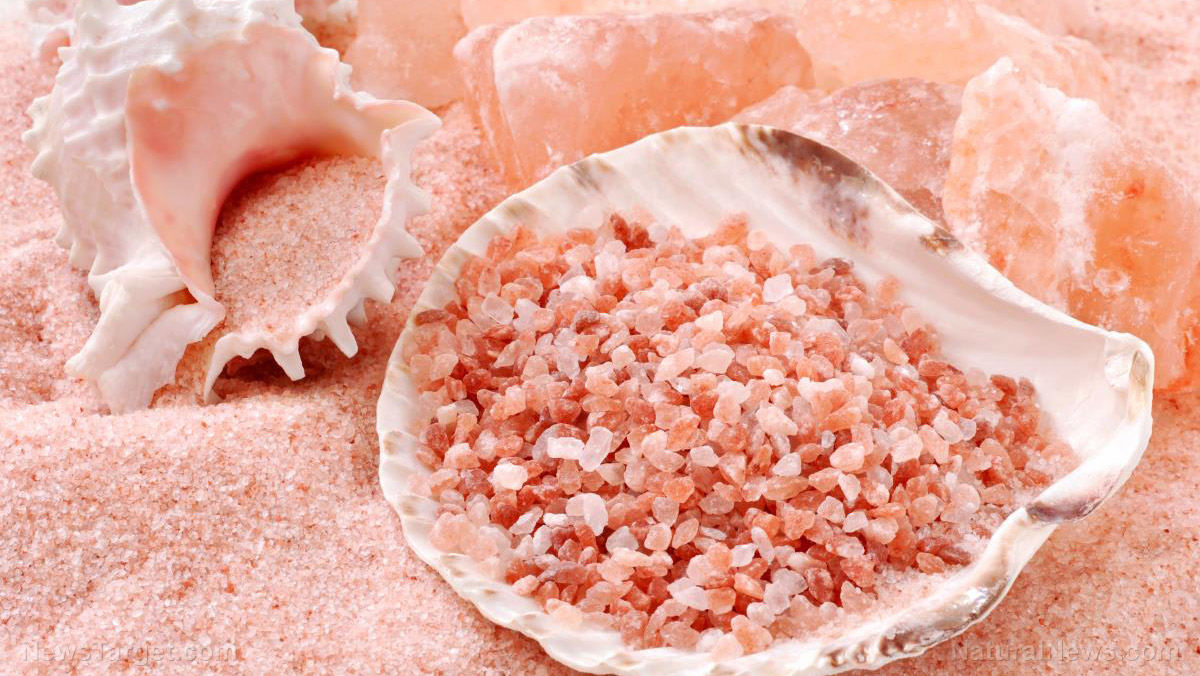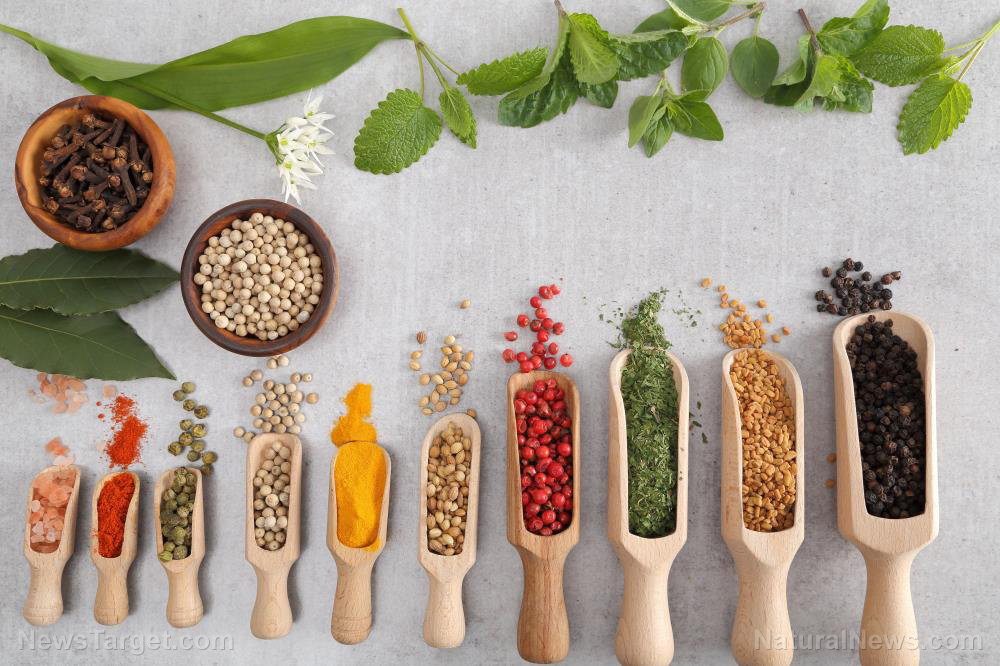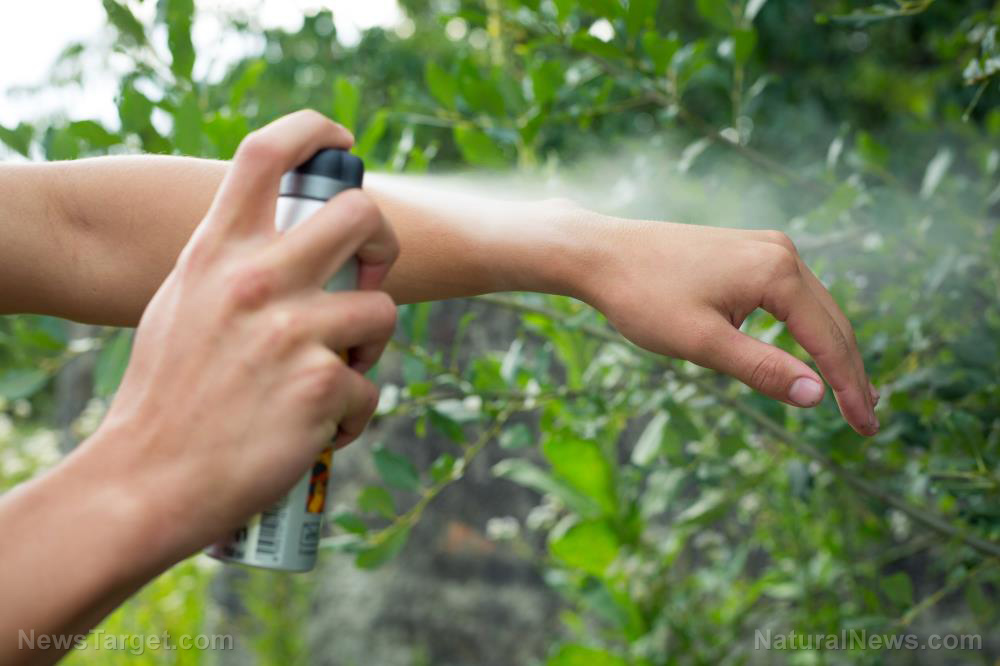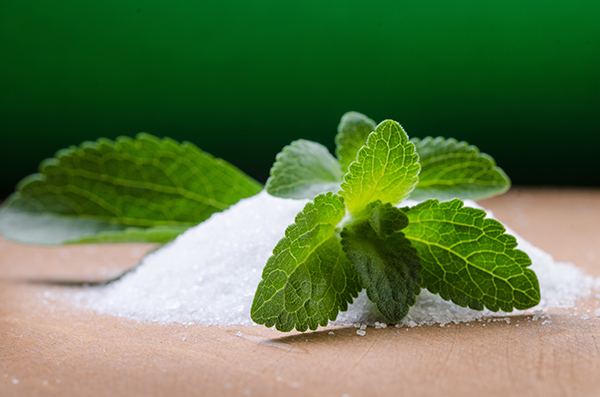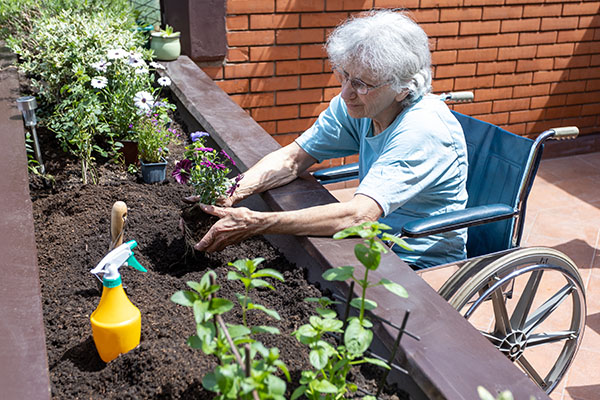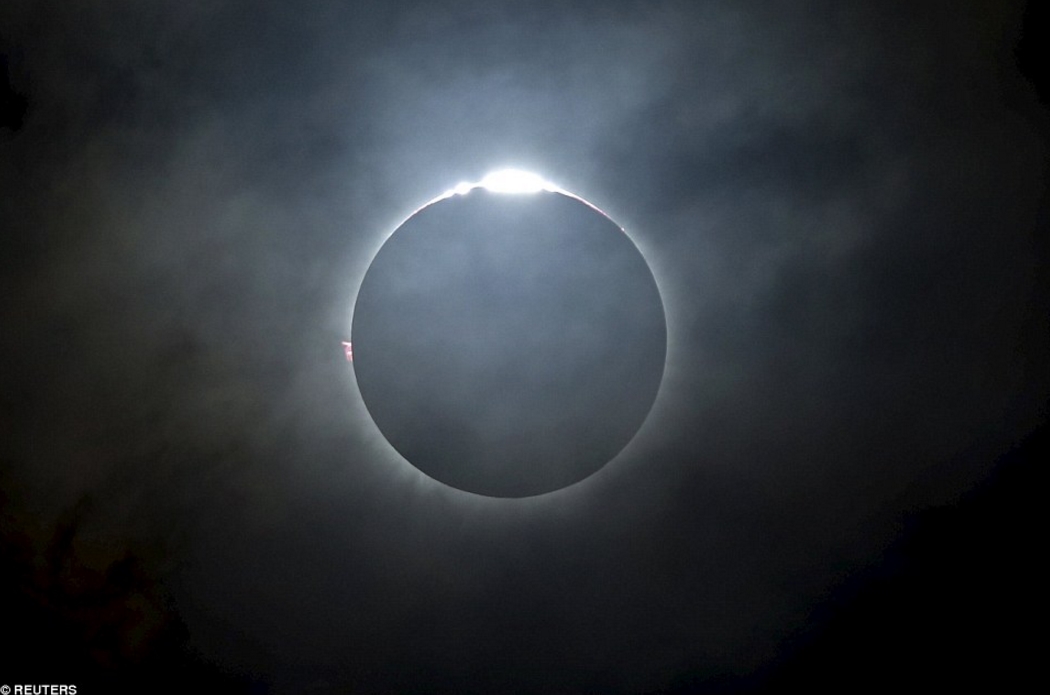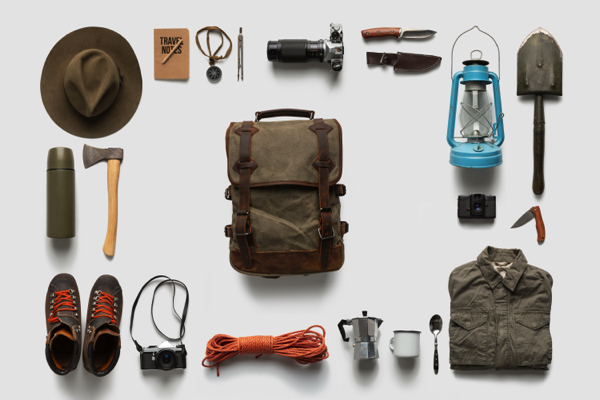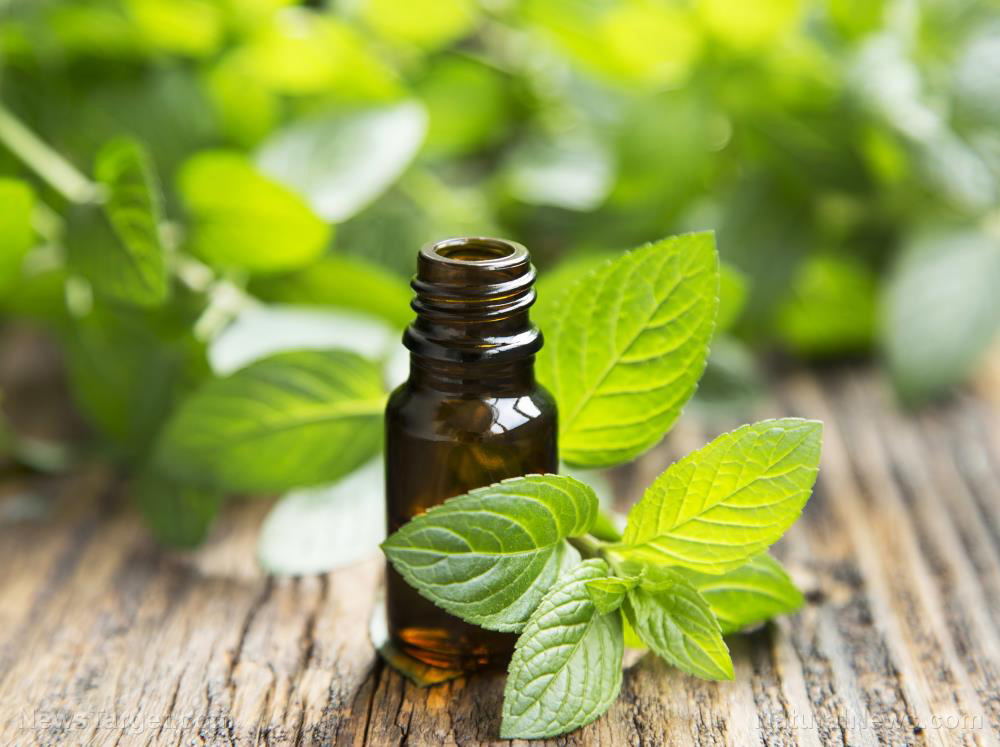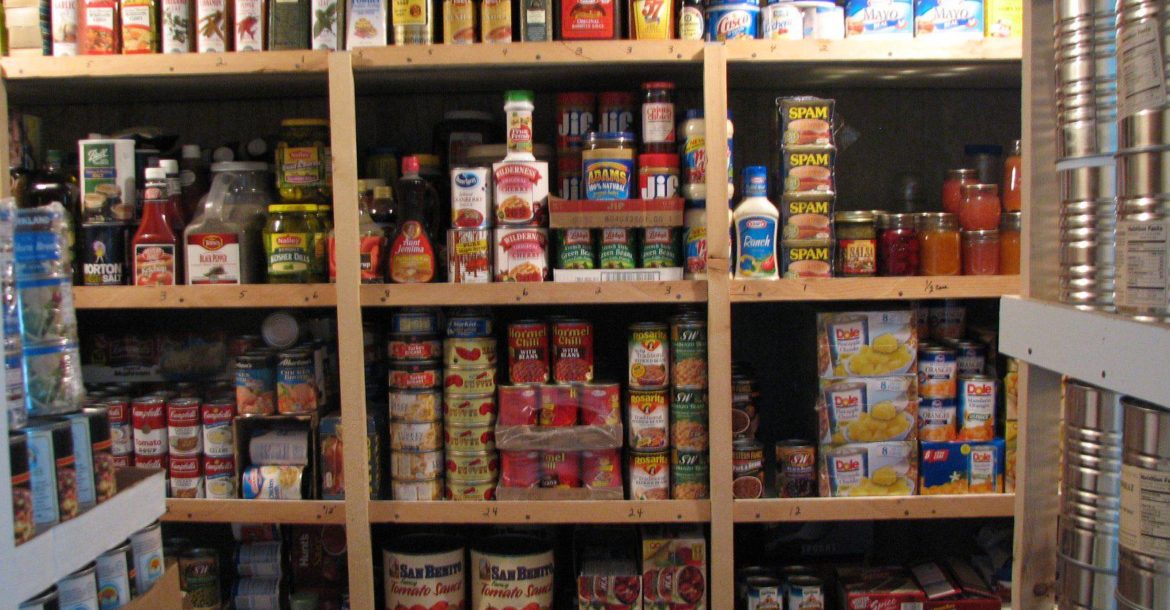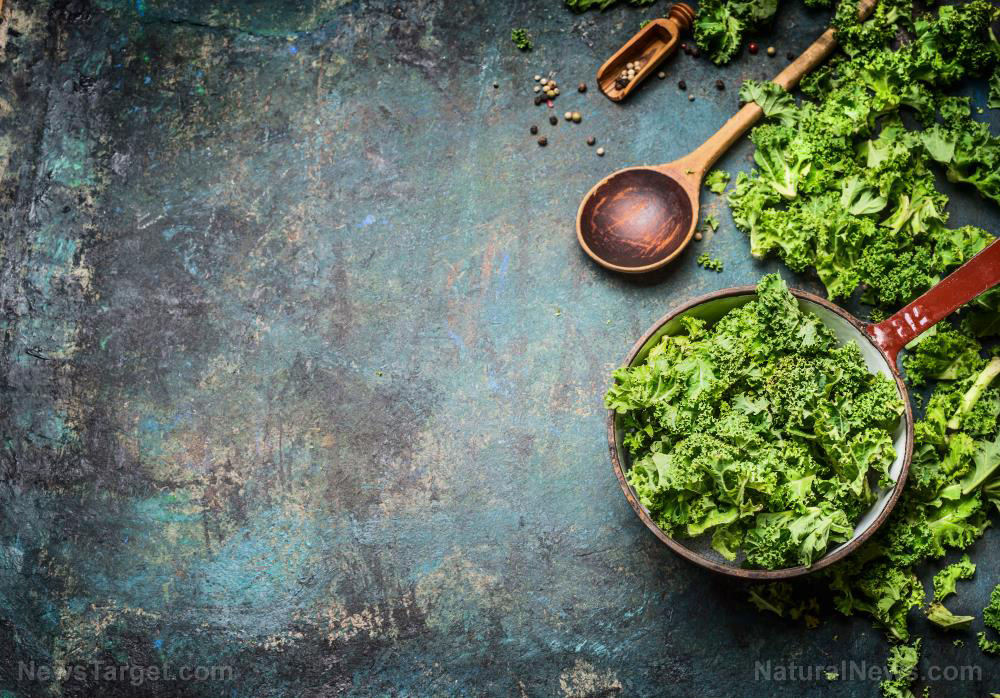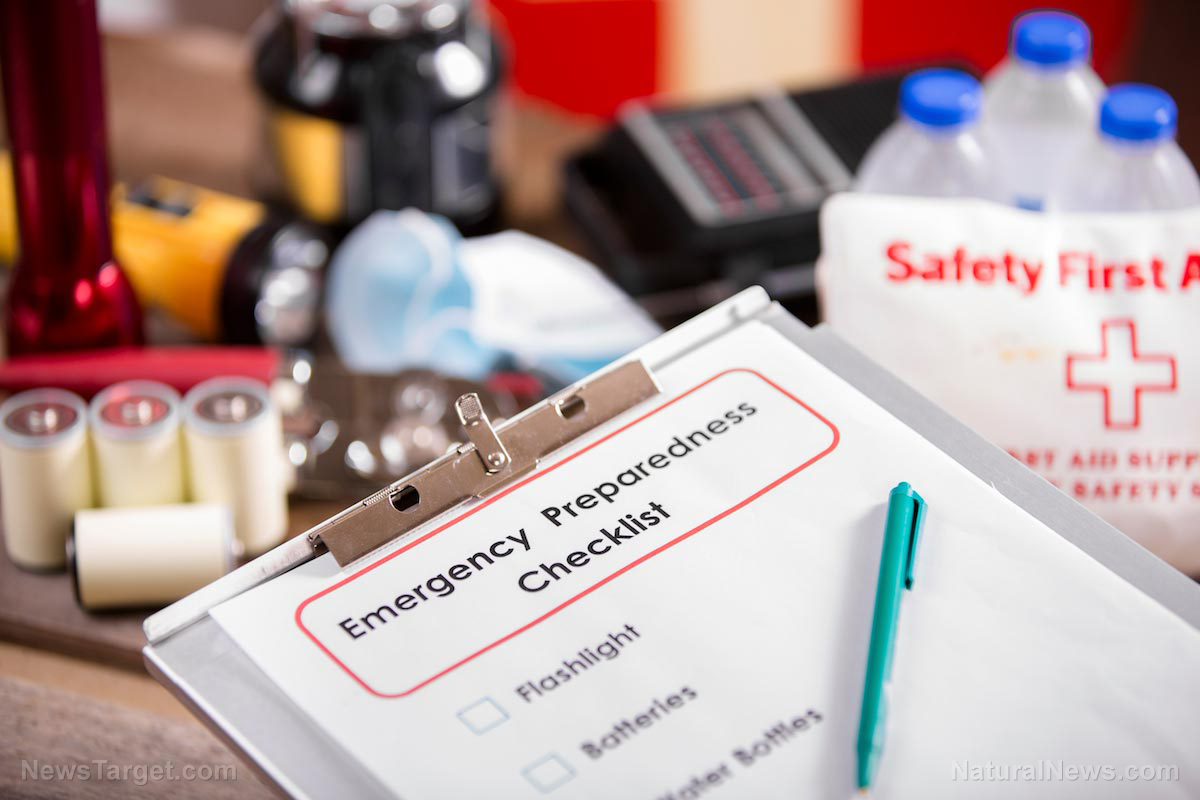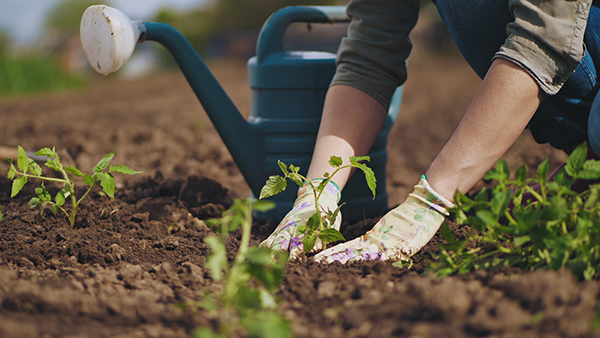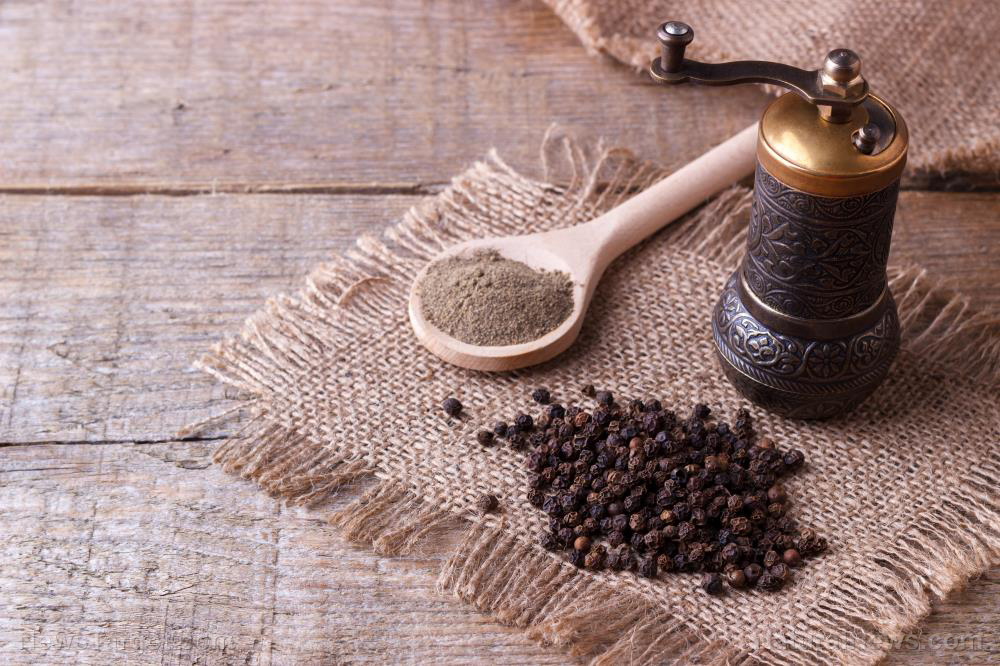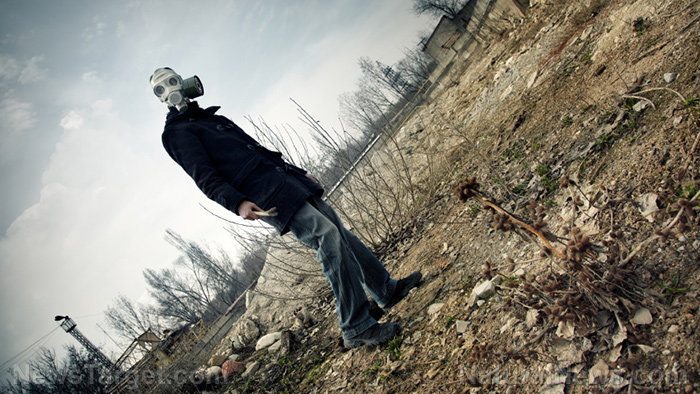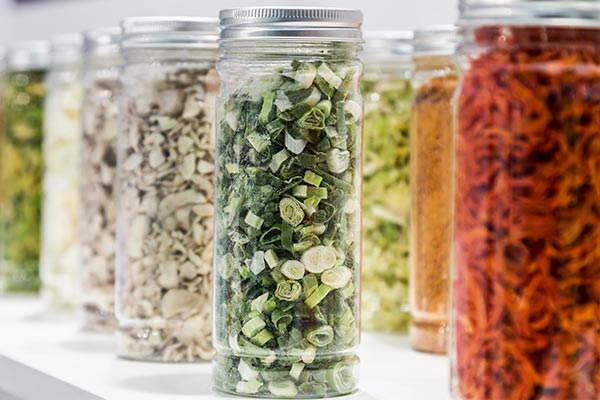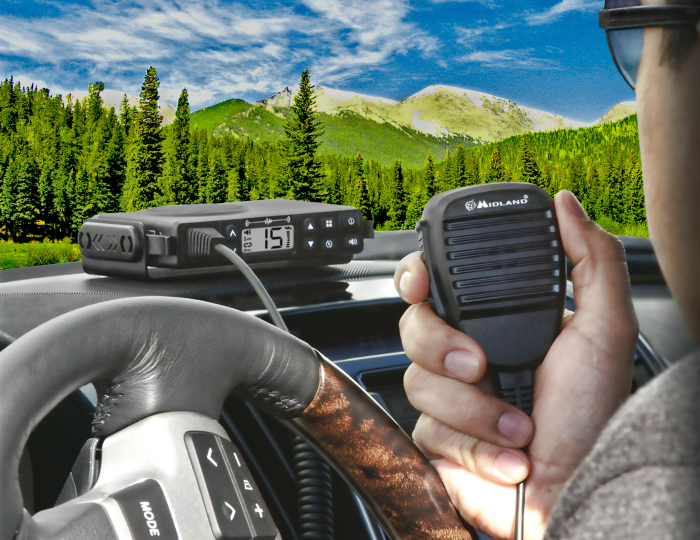Home gardening basics: 11 Fast-growing vegetables you can harvest in 2 months or less
03/13/2024 / By Zoey Sky
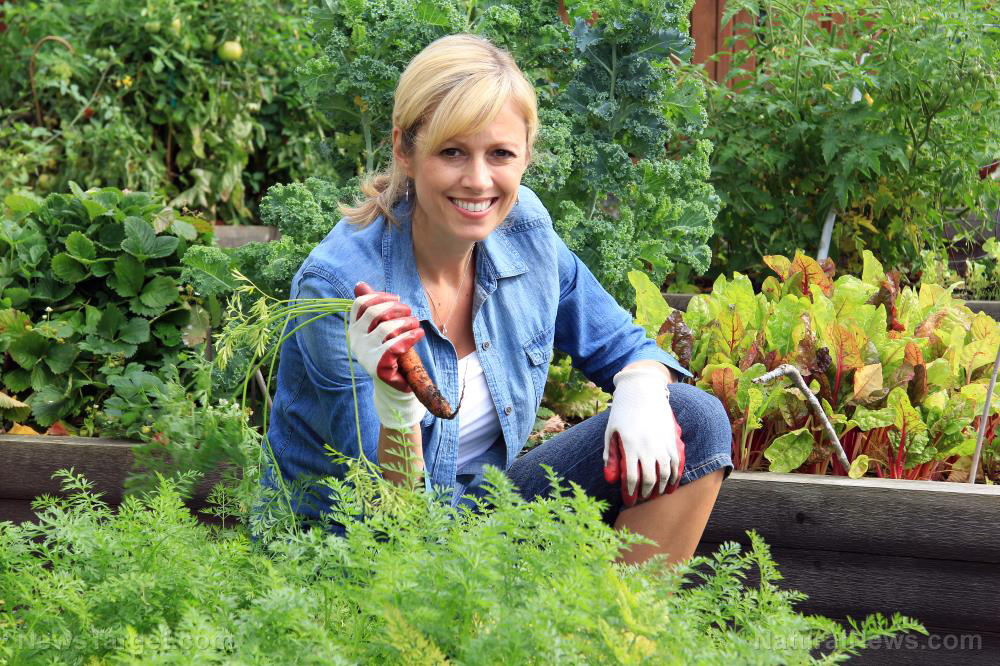
As a prepper, one of the most common mistakes you can make when prepping for winter is thinking that you only need to prepare for one season. The truth is, you need to prepare for two: winter and the beginning of spring.
Doing so ensures that come spring, if the frost doesn’t recede enough to grow crops, you will still have food in your stockpile. (h/t to UrbanSurvivalSite.com)
To maximize your time and effort, here are some fast-growing vegetables that you can harvest within 20 to 60 days after planting.
Vegetables you can harvest within 20-30 days
Here are some of the vegetables you can harvest within 20-30 days:
Green onions
Green onions are a fast-growing spring vegetable that you can harvest in less than 30 days. Use green onions to add fresh flavor to your salads and sandwiches.
Green onions grow in cool to mild temperatures. They are adaptable but prefer temperatures around 60-70 F. They also prefer full sun but can tolerate partial shade.
Green onions require well-drained, fertile soil with a slightly acidic to neutral pH. Plant green onions in early spring or late summer for a fall harvest.
Plant seeds or sets one inch apart in rows spaced 12-18 inches and 1/4- to 1/2-inch deep. Keep the soil consistently moist for green onions, especially during dry periods.
Radishes
Radishes are crunchy with a spicy, zesty flavor.
Plant radishes in cool seasons. They prefer temperatures between 50-65 F.
Radishes require full sun but can tolerate partial shade. They require well-drained soil that is full of organic matter.
Plant radishes in early spring or fall. They can tolerate light frost. Plant radish seeds 1/2 inch deep and 1-2 inches apart in rows spaced 12-18 inches. (Related: Food supply 101: How to grow food for your stockpile and be more self-sufficient.)
Vegetables you can harvest within 30-40 days
Here are some of the vegetables you can harvest within 30-40 days:
Arugula
Peppery arugula is great for leafy green salads. Arugula thrives in cool weather and it grows best in temperatures between 50-70 F. It prefers partial shade but can tolerate full sun.
Plant arugula in well-drained, fertile soil with a slightly acidic to neutral pH. Arugula should be planted in spring or fall. It grows quickly and bolts in hot weather.
Place seeds 1/4- to 1/2-inch deep and at least two inches apart in rows spaced 12-18 inches.
Lettuce
Early season lettuces like Buttercrunch and Crispino Iceberg grow fast in the cold weather and shorter spring days.
Lettuce prefers cool weather and will grow best in temperatures between 45-75 F.
Plant lettuce in partial shade to full sun. Some varieties can tolerate more shade. Lettuce requires well-drained, fertile soil with a slightly acidic to neutral pH.
Lettuce should be planted in early spring or late summer for a fall harvest. It can can withstand light frost. Plant seeds about 1/8 to 1/4 inch deep and at least six to 12 inches apart in rows spaced 12-18 inches.
Spinach
Spinach is a fast-growing leafy green that is ideal for spring planting. You can eat spinach raw or cooked.
Spinach prefers cool weather and grows well in temperatures between 40-75 F. It thrives in partial shade but can tolerate full sun.
Plant spinach in well-drained, nutrient-rich soil with a slightly acidic to neutral pH. Spinach should be planted in early spring or late summer for fall harvest. It can withstand light frost.
Plant seeds 1/2 to one inch deep and two to four inches apart in rows spaced 12-18 inches.
Vegetables you can harvest within 40-60 days
Here are some of the vegetables you can harvest within 40-60 days:
Baby carrots
Carrots can grow very rapidly and be planted the year before. Carrots will start growing when the threat of frost is gone.
If you don’t wait till maturity, you can harvest baby carrots earlier. Alternatively, you can plant Coventry carrots, which are designed to stay small and mature quickly.
Carrots prefer cool weather and grow best in temperatures between 45-75 F. They prefer partial shade to full sun, but some varieties tolerate more shade.
Carrots require well-drained, fertile soil with a slightly acidic to neutral pH. Plant them in early spring or late summer for a fall harvest. They can withstand light frost.
Plant carrot seeds 1/8 to 1/4 inch deep and 6-12 inches apart in rows spaced 12-18 inches.
Bush beans
Bush beans can be planted early in the season and are great for cooking and canning. Plant bush beans after the last frost when the soil temperature is 70-80 F.
Human knowledge is under attack! Governments and powerful corporations are using censorship to wipe out humanity's knowledge base about nutrition, herbs, self-reliance, natural immunity, food production, preparedness and much more. We are preserving human knowledge using AI technology while building the infrastructure of human freedom. Use our decentralized, blockchain-based, uncensorable free speech platform at Brighteon.io. Explore our free, downloadable generative AI tools at Brighteon.AI. Support our efforts to build the infrastructure of human freedom by shopping at HealthRangerStore.com, featuring lab-tested, certified organic, non-GMO foods and nutritional solutions.
Bush beans require six to eight hours of full sun daily. Plant them in well-drained, slightly acidic to neutral soil with a pH of 6.0 to 7.0.
Plant bush beans in spring, after the last frost. They should be planted four to six inches apart in rows spaced 18-24 inches.
Pick bush bean pods daily to encourage the flowering and production of new pods.
Kale
Kale is a nutritious superfood that you can grow several times per year in early spring and in the latter part of the growing seasons into winter.
Kale thrives in cool weather and grows well in temperatures between 45-75 F. It requires full sun to partial shade but can tolerate light shade.
Plant kale in well-drained, fertile soil with a slightly acidic to neutral pH. Kale can be planted in spring or fall. It can tolerate light frost.
Plant seeds 1/4 to 1/2 inch deep and 12-18 inches apart in rows spaced 18-24 inches.
Mustard greens
Spicy mustard greens are nutritious. They thrive in cool weather and can grow well in temperatures between 45-75 F.
Mustard greens require full sun to partial shade, but can tolerate light shade.
They require well-drained, fertile soil with a slightly acidic to neutral pH. Plant them in spring or fall. They can tolerate a light frost.
Plant mustard green seeds 1/4 to 1/2 inch deep and about six to 12 inches apart in rows spaced 18-24 inches.
Swiss chard
Swiss chard pairs well with garlic and other seasonings.
It is a cool-season crop and grows well in temperatures between 50-75 F. Swiss chard requires full sun to partial shade and can tolerate light shade.
It also requires well-drained, fertile soil with a slightly acidic to neutral pH. Plant Swiss chard in spring or fall. It can tolerate light frost.
Plant seeds 1/2 to 1 inch deep and 6-12 inches apart in rows spaced 18-24 inches.
Turnips
Turnip bulbs and greens are edible and full of nutrients.
Turnips are a cool-season crop that grow well in temperatures between 50-75 F. They require full sun to partial shade, but they can tolerate light shade.
Turnips require well-drained, loose soil with a slightly acidic to neutral pH. Plant them in early spring or late summer for a fall harvest. Turnips can tolerate light frost.
Plant turnip seeds 1/4 to 1/2 inch deep and two to four inches apart in rows spaced 12-18 inches.
Before disaster strikes, get your home garden started so you can grow vegetables like turnips and carrots that take 60 days or less to harvest.
We are building the infrastructure of human freedom and empowering people to be informed, healthy and aware. Support us at HealthRangerStore.com and read about our “human freedom infrastructure” mission at this article link.
Watch the video below for useful gardening tips for beginners.
This video is from the Deconstructing Conventional channel on Brighteon.com.
More related stories:
Home gardening tips: How to make the best compost for healthy crops.
12 Useful medicinal herbs to grow in your home garden.
Growing your own food: Gardening resources for beginner, intermediate and advanced gardeners.
Sources include:
Submit a correction >>
Tagged Under:
backyard gardening, emergency food, fast-growing vegetables, food freedom, Food storage, food supply, gardening, gardening tips, green living, home gardening, homesteading, off grid, preparedness, prepper, prepping, prepping tips, short-season vegetables, survival, tips
This article may contain statements that reflect the opinion of the author
Get independent news alerts on natural cures, food lab tests, cannabis medicine, science, robotics, drones, privacy and more from NewsTarget.com
Get independent news alerts on natural cures, food lab tests, cannabis medicine, science, robotics, drones, privacy and more from NewsTarget.com
RECENT NEWS & ARTICLES
COPYRIGHT © 2017 · SURVIVAL NEWS

